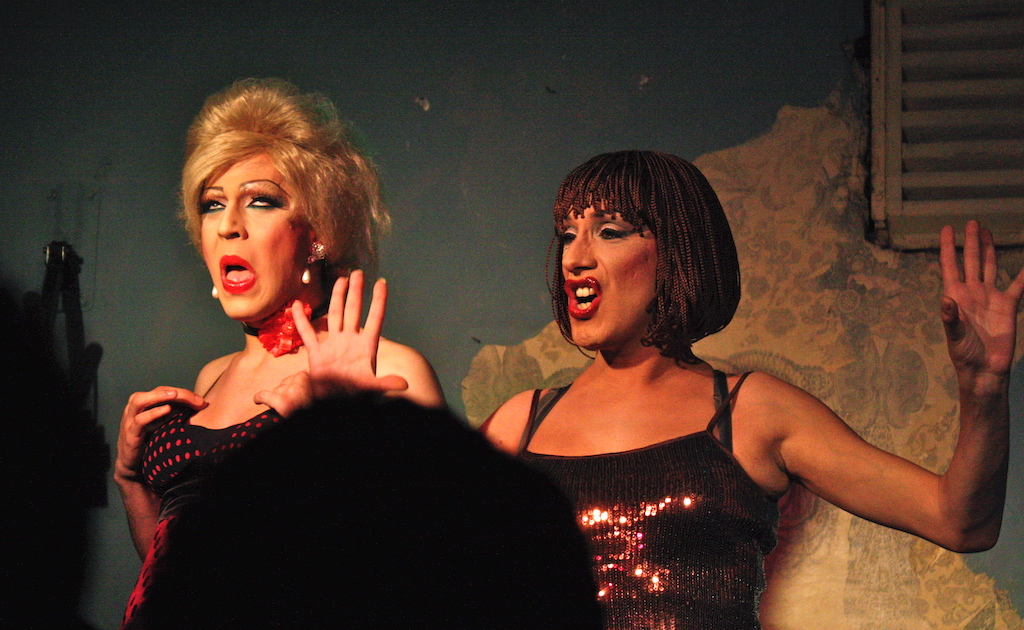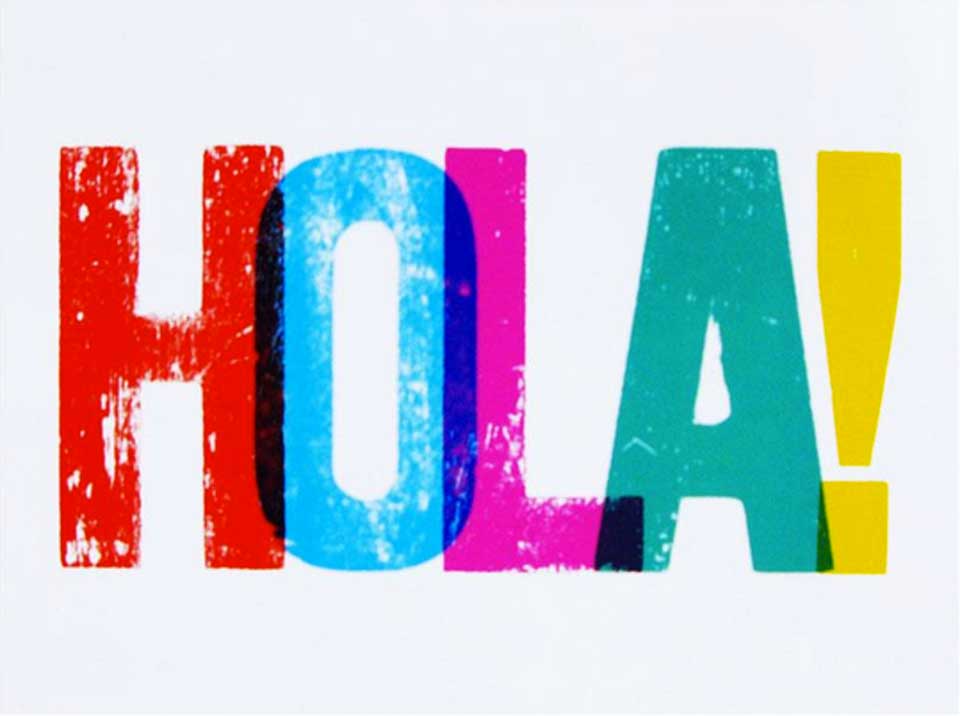 Oliver Pritchard continues his romp through the uses of English round the world
Oliver Pritchard continues his romp through the uses of English round the world
English is undoubtedly the world’s language, the modern lingua franca. Although there are many suggestions that this will change, for now it’s certainly the international language, the language of business, diplomacy and science. To be clear, this is not to say that it’s better or superior, just that it happens to be the language that is used internationally. Many languages would be better, especially the Bahasas, which were specifically designed to be easy to learn and use between speakers of radically different languages. The international use of English is leading towards something called World English (or World Englishes), but that’s something we will explore in greater detail later in the year.
What this means, is that although the States and Britain are often seen as the flag-bearers of English, in actual fact the language is somewhat more diverse than that. India alone has an enormous number of English speakers, while such far-flung countries as South Africa and New Zealand use it as a native language. Most children in Malaysia and Singapore are taught in English for at least part of their studies, because of its usefulness for subjects such as science. Rather than being something elitist and stuck in its Old World roots, in fact English is a fluid and evolving language. It has no official ‘standard’ form, despite what arrogant Brits might occasionally tell you.
Indian
India has more English speakers than almost any other single country in the world. The language still connects the country, which has 16 other official languages. The standard dictionary in India used to be the Hobson-Jobson, and this variation of English is sometimes known as Hobson-Jobson.
Typically, Indian English sounds very old, as though it’s from the nineteenth century. A lot of vocabulary that has been lost from modern English still survives in India, which makes it sound extraordinarily elegant and archaic. For example, consider this newspaper report “the ruffians absconded with the loot, but were quickly apprehended and thrashed by the constabulary”. That’s from the Times of India a couple of years ago, but could just as easily have been from the Times of London in 1842. Curiously, rail stations often have Retiring Rooms, which use the original form of the verb to retire, which means to rest. There are also a vast number of Indianisms, such as Eve-teasing (harassing women) or timepass (hobby). Indian English is almost always very formal in requests and so forth.
In terms of pronunciation, Indian English has more differences in consonants than vowels. /v/ and /w/ are often pronounced the same, although it can be either phoneme that’s used! Words ending in –ed, which are generally pronounced /t/ or /d/ in other varieties of English are almost always /d/ in Indian English. Indians also tend to pronounce all the vowels, like Americans. Indian speakers are often quite fast too, because most languages from within India use syllable, rather than stress, timing. You will often find that the present continuous is overused in Indian English too.
Aussie
In Australia, it’s quite common to hear a very nasal (from the nose) accent. This is quite fun to copy: put your tongue at the top of your mouth and speak through your nose. If you do this, you should sound a little bit Aussie!
The use of diminutives is extremely common in Aussie English – they shorten many words so you’ll hear things like “arvo” for afternoon, “barbie” for barbecue and even “ambos” for ambulances. However, perhaps the most common marker of Aussie English is the word “mate” used in almost all sentences, mate. Vocabulary varies between English usage and American usage, often depending on the age of the thing in question. However, the most distinct feature of Aussie English is the amount of words they have brought into the language. Beers have more words than we could count, such as tinnie; coolie; schooner; etc. Also, words such as “bonzer” (great); “strewth” (goodness!); “Sheila” (a woman); “ute” (utility vehicle); “bush” (the countryside) and “flamin’ Galah” (a stupid person) are all distinctively Aussie. Be careful with one thing: a “thong” refers to flipflops (chanclas) in Aussie English, NOT underwear!
Also, Australians can be very direct: they use even less polite language than the Americans with requests. Don’t be confused though – this is to indicate friendliness and familiarity rather than to express bad feelings. Like the English, Aussies often use surprisingly moderate words to express strong feelings “not bad, mate!” often means “very good”.
Kiwis
Just like the general relationship between the two nations, people from New Zealand speak more or less the same as Aussies, but softer and gentler. There are two main pronunciation tricks to learn in Kiwi English though. The first is the easiest: a rising intonation for most sentences, so that it sounds like you’re always asking questions? The second is a bit harder: you need to ‘flatten’ your vowel sounds so that, for example, ‘fish and chips’ sounds like ‘fush and chups’ or ‘bed head’ becomes ‘beed heed’. Kiwis also use the “…eh?” Marker at the end of sentences for emphasis, just like Canadians.
Irish
Many people’s favourite accent is that of the Irish, although they tend to imagine a broad Dubliner brogue rather than a harsh, impenetrable Cork growl. Dublin often creates diphthongs or even double vowel sounds, as seen indeed in Dublin, often pronounced “Do-ublin”. Across Ireland, you’ll hear words that end in –lm gain a vowel, for example “fillum” for ‘film’. It’s a sad fact that lots of other native speakers try to use an Irish accent, which is quite insulting to many Irish people, especially since the attempt is often not very good.
Particularly Irish phrases include ‘your man’ to refer to men in general, for example, “look at yer man over there. What’s that shirt about?”. Adding “to be sure” at the end of sentences to indicate emphasis is seen as typical, although in reality it’s heard more among people pretending to be Irish, rather than actual Irish speakers. Grammatically, there are few changes, although some word order changes appear, such as “right you are”, or the use of ‘after to denote recency – ‘Why did you go to the shop?’ — “I was after running-out of potatoes.” You might hear ‘now’ at the end of sentences, which is just a verbal tic, and ‘so’ or ‘right’ are often used to emphasise actions. Also, the Irish almost always use ‘feck’ as a swear word, which is feels slightly less aggressive. This is also true of eejit (idiot). However, the most famous Irish word (actually from Gaelic) is “craic”, which basically means a good time.
Saffer
Most vowels tend to be shortened in Sut Efriken English, so you’ll find the language quite choppy and staccato in rhythm. A lot of vowels end up as /u/ or /e/ and long forms are rare. Remember that these are just pronunciation differences and the speaker is not necessarily trying to be aggressive or rude to you.
South Africans tend to use ‘must’ a lot more than other speakers of English, which can make them sound very firm. You might also find some similarities to Spanish regarding time and places, as ‘just’ and ‘now’ are relatively undefined and certainly don’t have the same meaning as in other varieties of English – expect to hear “just now”, “now now” and “right now”. “Ja” is often used in place of yes, which comes directly from Afrikaans. “Bru” might also be heard for “friend”, similar to the use of Aussies with ‘mate’ although nowhere near as common. Perhaps most strangely, the word for traffic lights is usually “robot”!
West Indian
Although the Caribbean islands have rather distinct accents owing to geographic isolation and distance, we’re going to simplify this for reasons of space and concentrate on the general trends. Like the Irish, pronunciation of /th/ is often given as /t/ or /d/. Also, delivery is usually given in a slow, relaxed drawl. What makes this drawl unique compared to others is that emphasis is often given by making words longer, rather than louder. This means making the individual phonemes longer but keeping a flatter intonation. Many consonants are dropped too, so ‘where’ might become ‘whey/whe/wha/wey/weyr’ depending on the speaker. You’ll also notice that most men speak significantly lower in tone than most other varieties of English.
This is the third in a series of articles about the different Englishes that are spoken around the world. Watch out for future editions where we will delve deeper into the diverse uses of this international language. Check our website for the first and second installments in the series. If you have any comments or suggestions, get in touch with us at [email protected] or leave a comment below.





